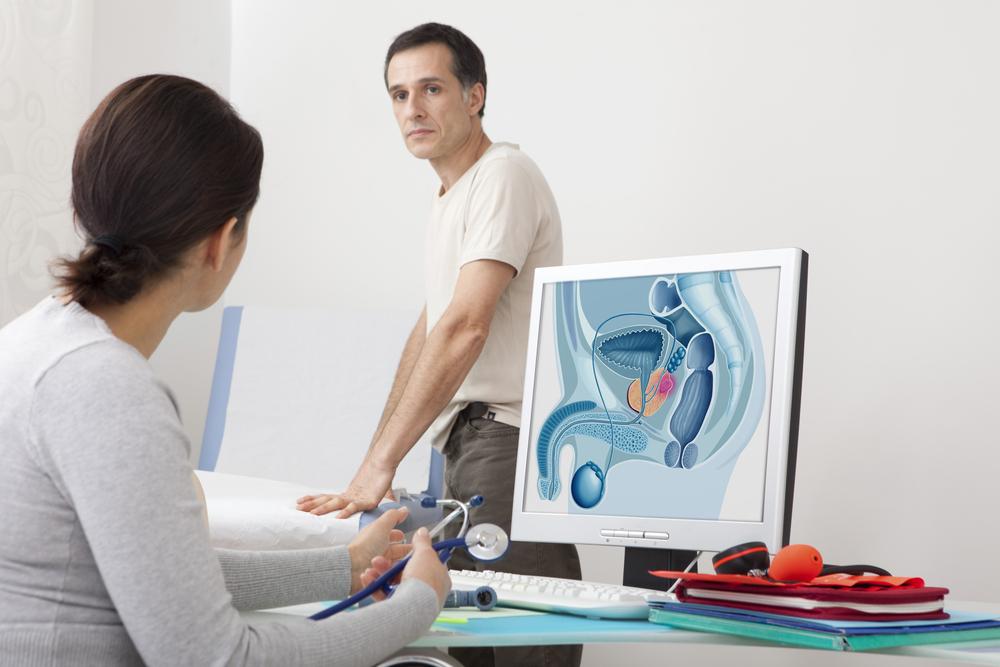Recognizing Key Signs of Prostate Cancer
Prostate cancer is common in men and develops silently in early stages. Recognizing symptoms such as urinary changes and bone pain can lead to early detection. The disease progresses through four stages, with treatments ranging from monitoring to surgery and hormone therapy, depending on severity. Regular screening and early diagnosis are crucial for effective management. This article offers insights into prostate cancer signs, stages, and treatment options to support men's health prevention and care initiatives.

Recognizing Key Signs of Prostate Cancer
The prostate gland, located beneath the bladder and in front of the rectum, is vital for semen fluid production and urination control in men. Prostate cancer affects this gland and is the most prevalent cancer among American men. Detecting it early enhances treatment success, whereas advanced stages can be life-threatening. Regular screenings are essential to diagnose before metastasis occurs, which involves cancer spreading to other parts of the body. Symptoms differ based on cancer stages, from initial to later phases, requiring tailored treatment approaches.
Prostate Cancer Progression and Stages
Prostate cancer is categorized into four stages, determined by tumor size and spread. Understanding these stages guides treatment decisions:
Stage I
The tumor is undetectable through physical exams or imaging. At this early stage, the cancer remains confined within the prostate, with an 80% detection rate and nearly 100% 5-year survival.
Stage II
Cells grow faster with a higher Gleason score but are still confined within the prostate, undetectable via standard examinations.
Stage III
Now, it extends beyond the prostate to nearby seminal vesicles. The prognosis remains excellent with a 100% 5-year survival rate.
Stage IV
This advanced stage involves spread to bones, lymph nodes, bladder, lungs, and liver. The survival rate drops to approximately 29% over five years.
Symptoms of Prostate Cancer
In early stages, symptoms are often absent. As the disease progresses, signs become more noticeable:
Increased urge to urinate
Blood in urine
Difficulty urinating or painful urination
Pain during ejaculation
Erectile dysfunction
During advanced stages, symptoms may include:
Bone pain and fractures
Incontinence
Weakness in the legs
Treatment Options
Therapies vary depending on the cancer stage. Early-stage treatments include monitoring, surgery, and targeted radiation, while advanced stages often require hormone therapy and chemotherapy. Consultation with a healthcare provider ensures the most suitable approach based on individual health conditions.
Note:
Our articles aim to provide useful, research-based information across multiple topics. Readers should consider consulting healthcare professionals for personalized advice. The website is not responsible for any discrepancies or unlisted treatments. Always seek medical guidance for accurate diagnosis and appropriate care.









